Have you ever wondered why your Spider-Man figure towers over your G.I. Joe, or why some figures are incredibly detailed and others are more basic? The answer lies in scale. Understanding action figure scales is essential for any collector, as it determines a figure’s size, detail, and how it fits with the rest of your collection. Let’s break down the most common scales.
What is an Action Figure Scale?
An action figure’s scale is a ratio that compares the size of the toy to the size of the real-life character it represents. For example, a 1/6 scale figure means that every one inch of the toy represents six inches of the actual character.
So, for a character who is 6 feet tall (or 72 inches), the math would be: 72 inches÷6=12 inches This means a 1/6 scale figure of that character would stand 12 inches tall.
1/18 Scale (Approx. 3.75 to 4 inches)
The 1/18 scale is the classic, pocket-sized action figure scale that many collectors grew up with. Popularized in the late 1970s and 1980s, this scale is beloved for its playability and the ability to create massive collections and dioramas without taking up too much space. It’s also the most common scale for vehicle playsets.
- Key Characteristics: Small, affordable, and ideal for collectors who love vehicles and army-building.
- Popular Lines: Kenner’s original Star Wars line, G.I. Joe: A Real American Hero, and Jazwares’ Fortnite figures.
1/12 Scale (Approx. 6 inches)
The 1/12 scale is arguably the most popular and dominant scale in action figure collecting today. It hits the sweet spot between size, articulation, and detail, offering a high-quality figure without the premium price tag of larger scales. This is the go-to scale for most superhero and modern pop culture figures.
- Key Characteristics: Excellent balance of detail and articulation. The standard for modern collectors.
- Popular Lines: Hasbro’s Marvel Legends and Star Wars: The Black Series, Bandai’s S.H. Figuarts, and Medicom’s Mafex.
1/10 Scale (Approx. 7 inches)
Slightly larger than the 1/12 standard, the 1/10 scale allows for a bit more surface area for sculpted detail and paint application. Figures in this scale often feel more substantial. However, be aware that they generally don’t “scale” well when displayed next to 1/12 scale figures, as the size difference is noticeable.
- Key Characteristics: Often feature more intricate sculpting. A favorite for characters from video games, horror movies, and comics.
- Popular Lines: McFarlane Toys (DC Multiverse, Spawn), NECA (horror, sci-fi, and movie figures), and Diamond Select Toys.
1/6 Scale (Approx. 12 inches)
Welcome to the world of high-end collecting. The 1/6 scale is where realism takes center stage. These large figures often feature hyper-realistic head sculpts, intricate soft-goods clothing (real fabric), and a vast array of detailed accessories. They are more like miniature, articulated art pieces than simple toys. This was also the original scale for the first G.I. Joe and Barbie.
- Key Characteristics: Premium format with a focus on realism, fabric clothing, and extensive accessories.
- Popular Lines: Hot Toys (known for their stunning Marvel, Star Wars, and DC figures), Sideshow Collectibles, and Threezero.
1/4 Scale (Approx. 18 inches)
The giants of the action figure world. 1/4 scale figures are massive statement pieces for any collection. Due to their immense size, they allow for an incredible level of detail in the sculpt and paintwork. While their articulation can sometimes be more limited than smaller figures, their sheer presence is unmatched.
- Key Characteristics: Huge, highly-detailed display pieces. Often considered the ultimate version of a character.
- Popular Lines: NECA’s Quarter Scale series (featuring characters like the Teenage Mutant Ninja Turtles and Batman) and premium statues from companies like Sideshow and Prime 1 Studio.

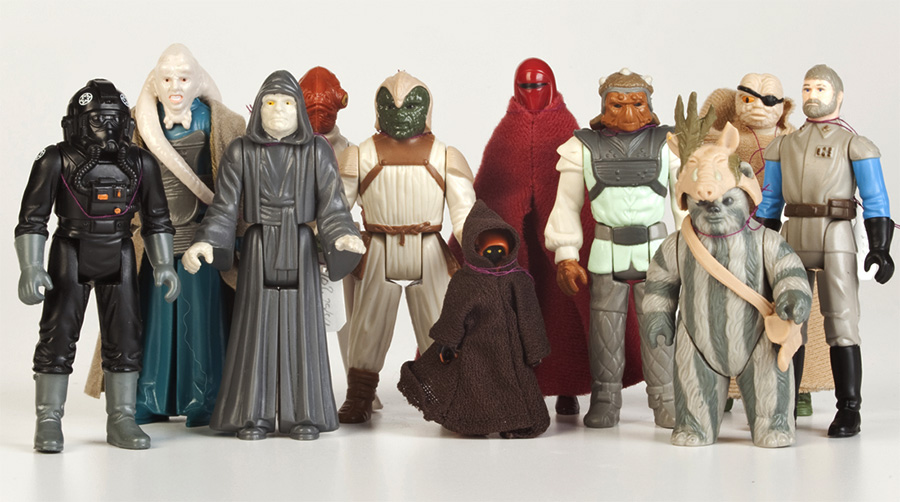
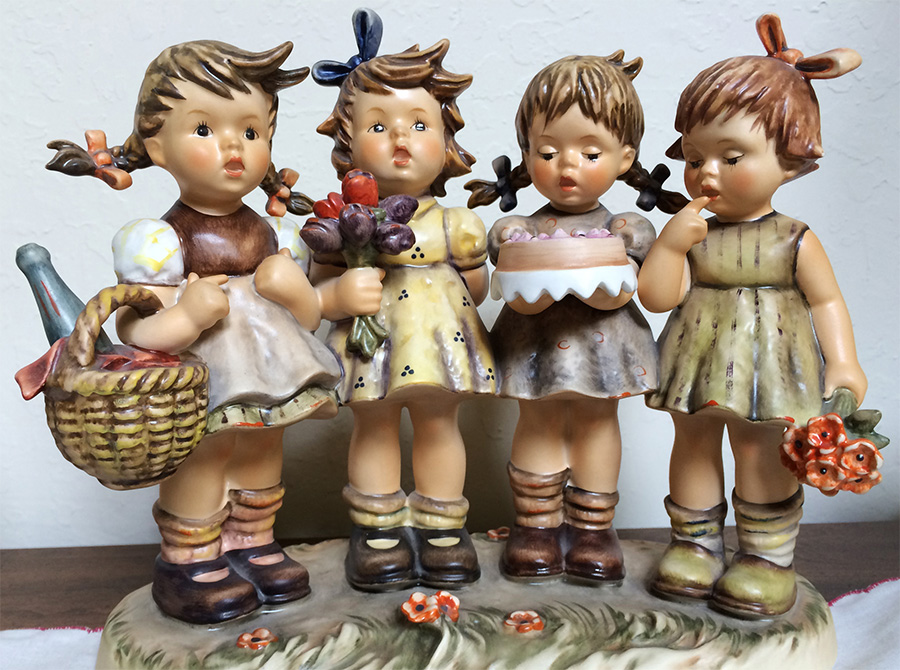
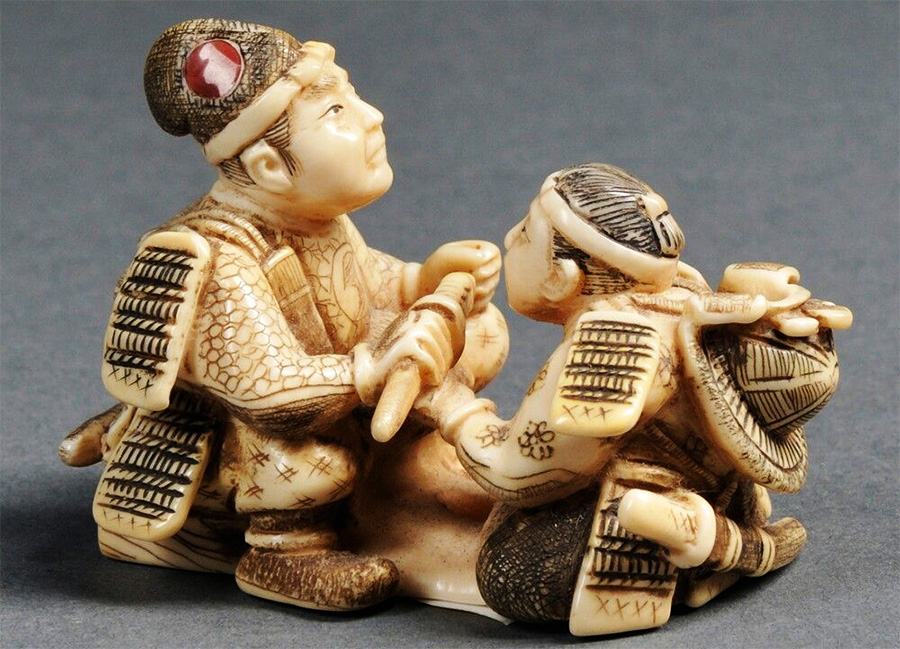
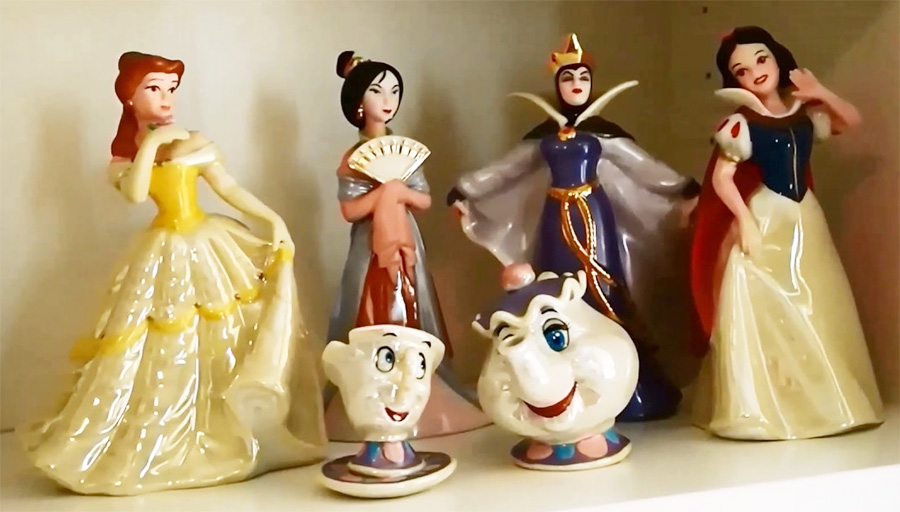
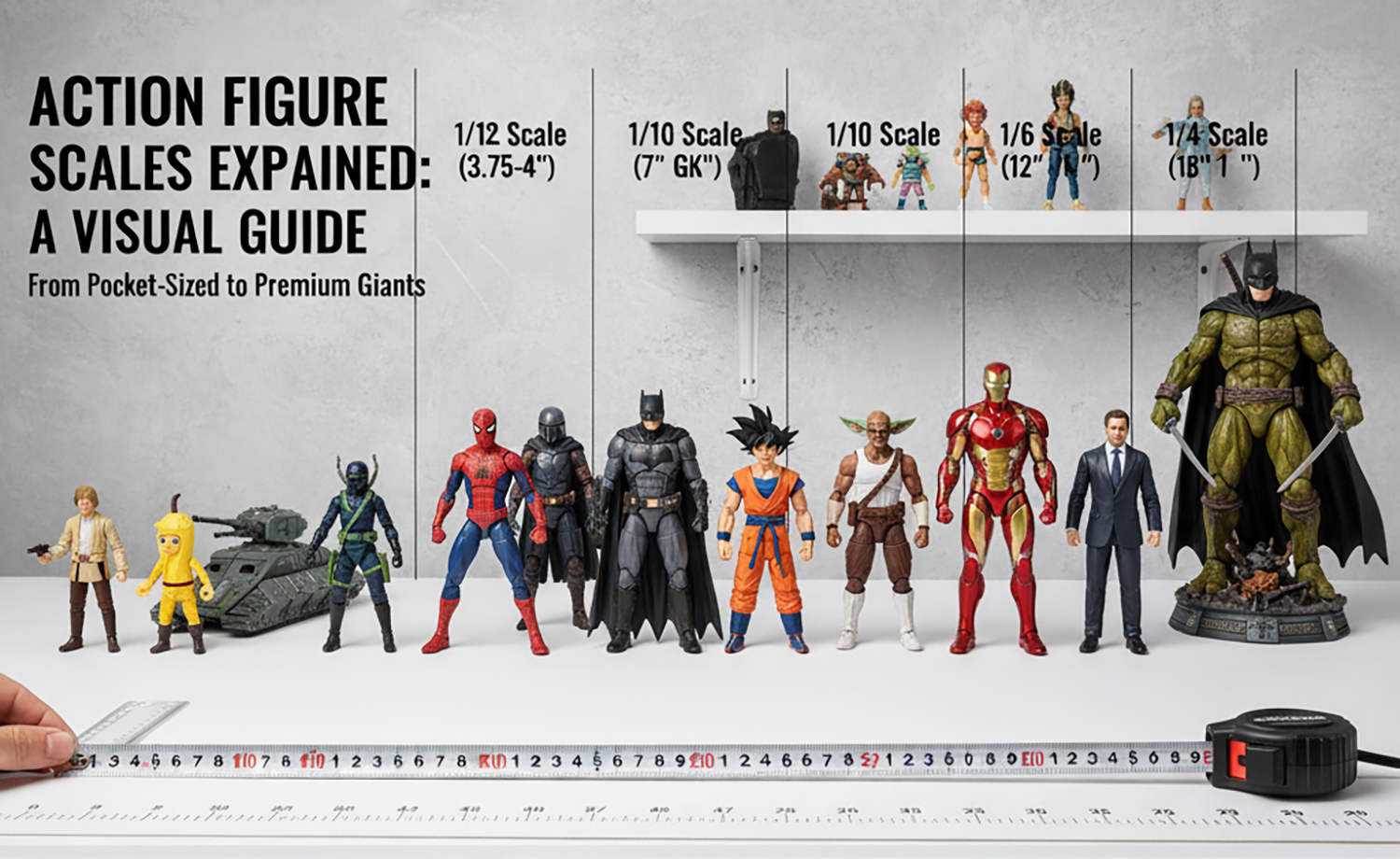
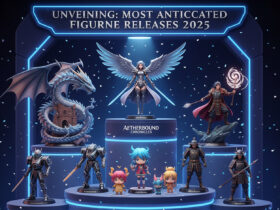
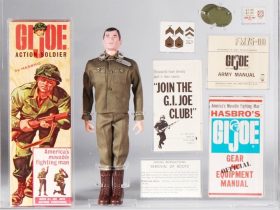
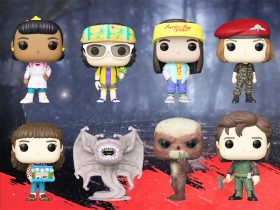

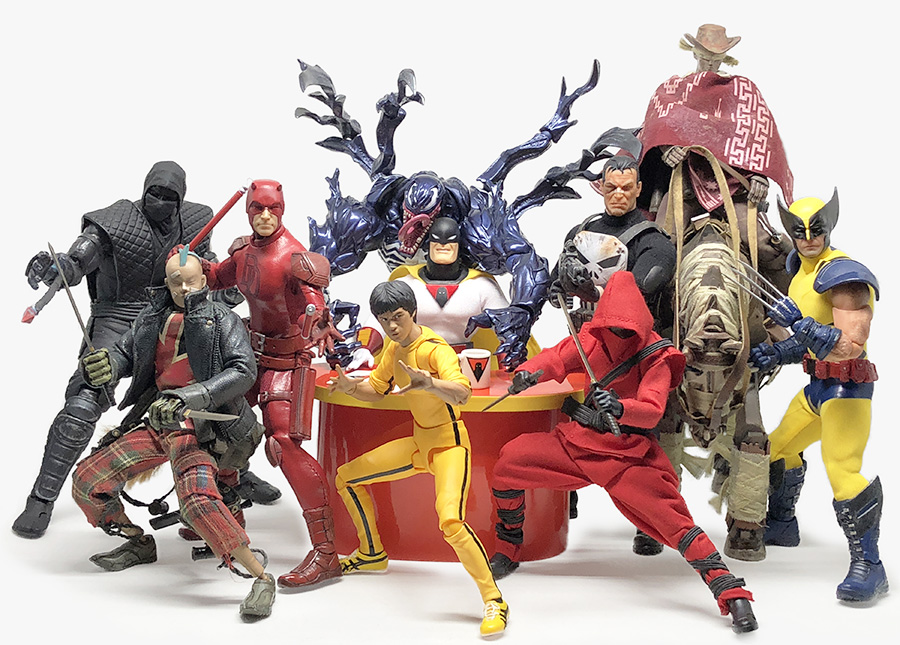
Leave a Reply